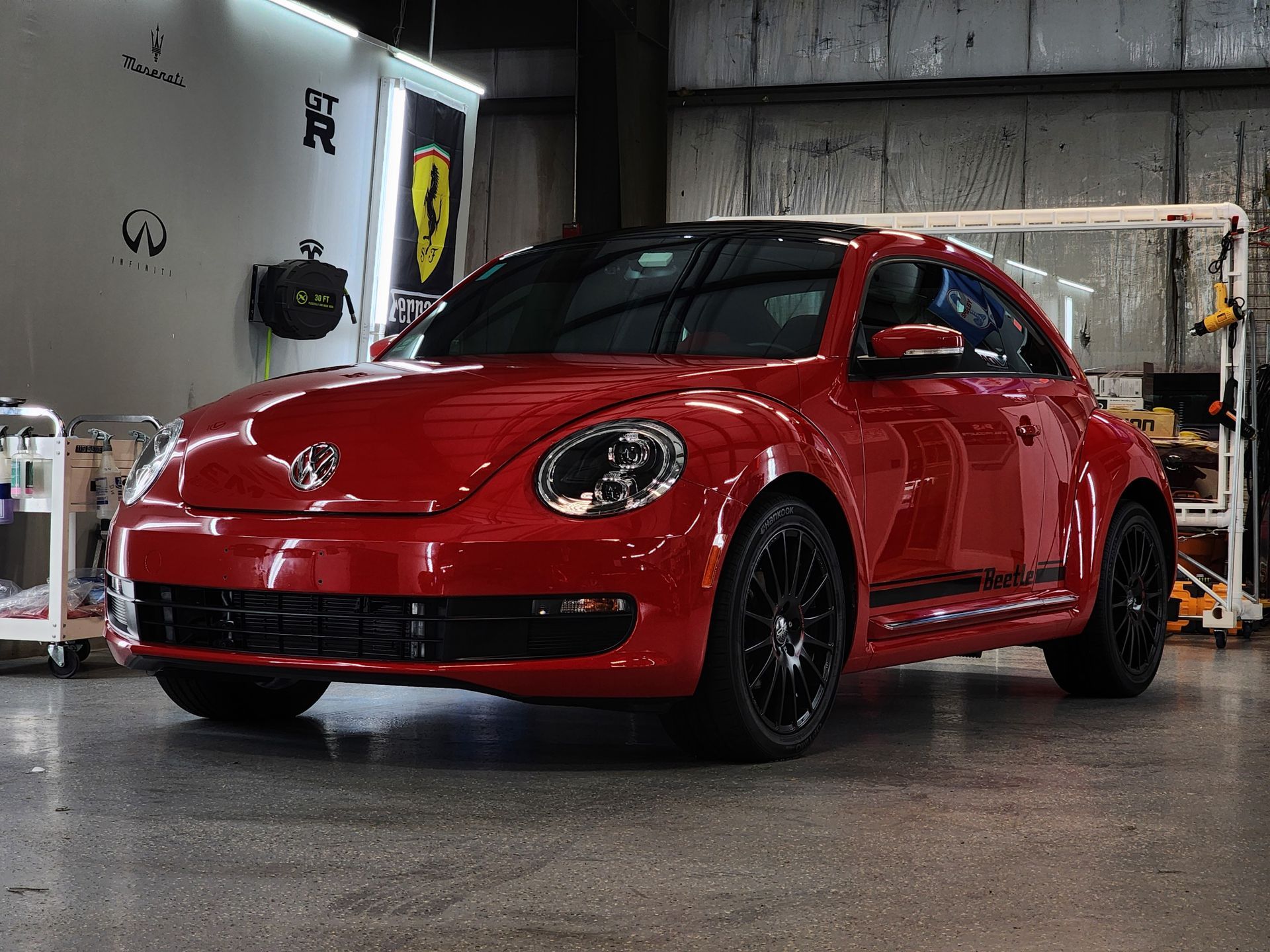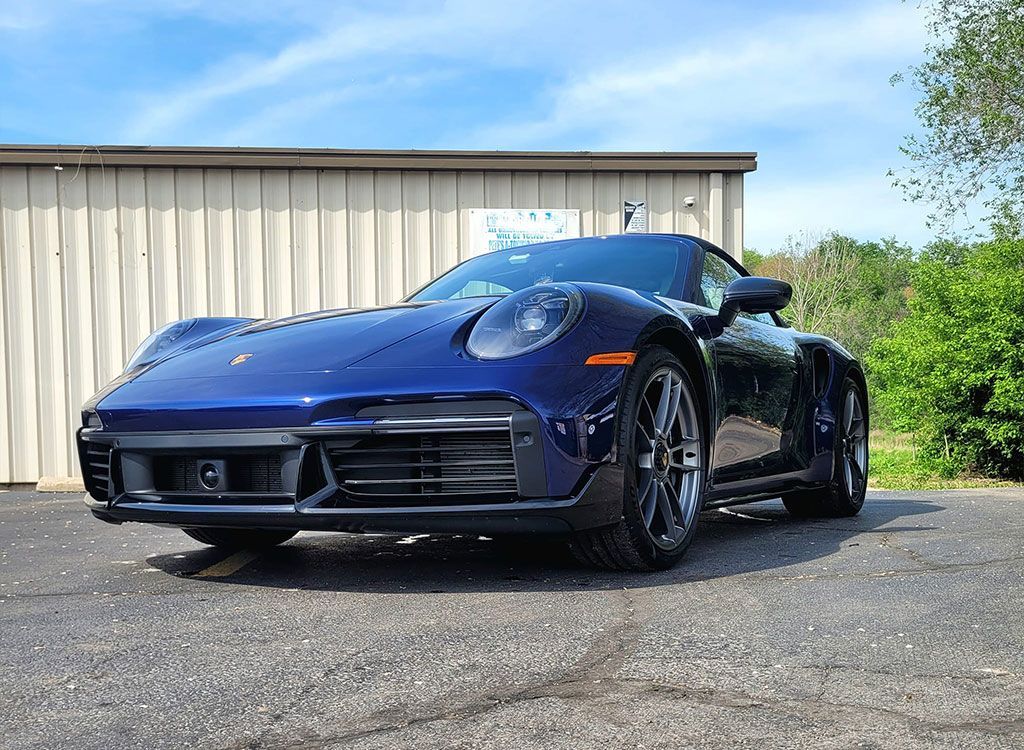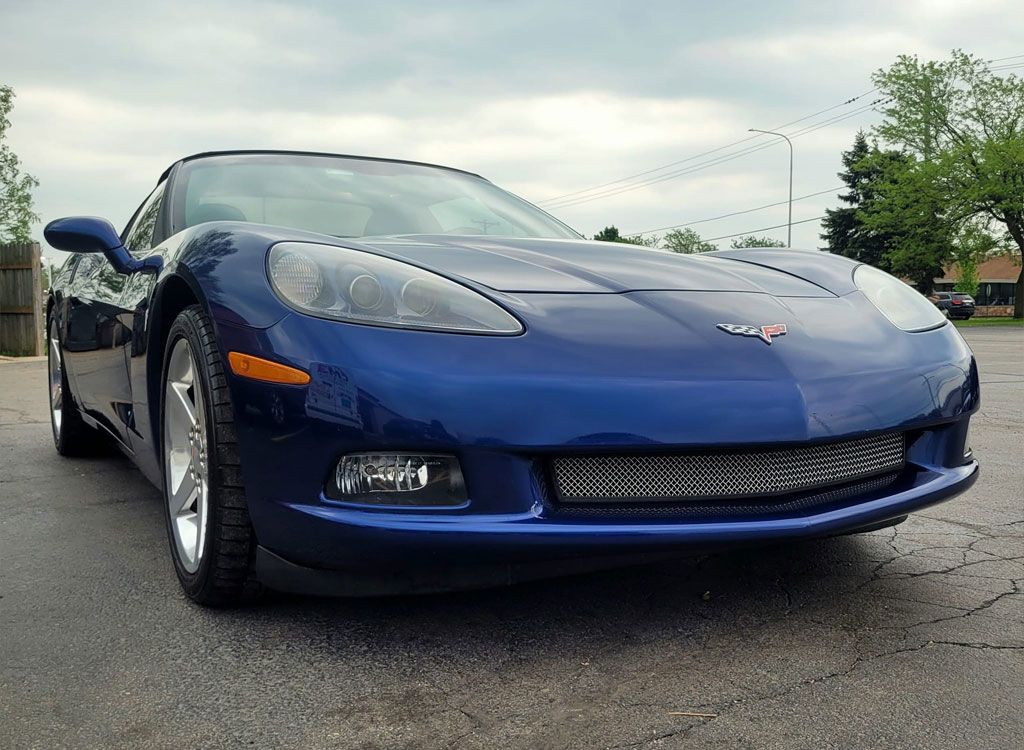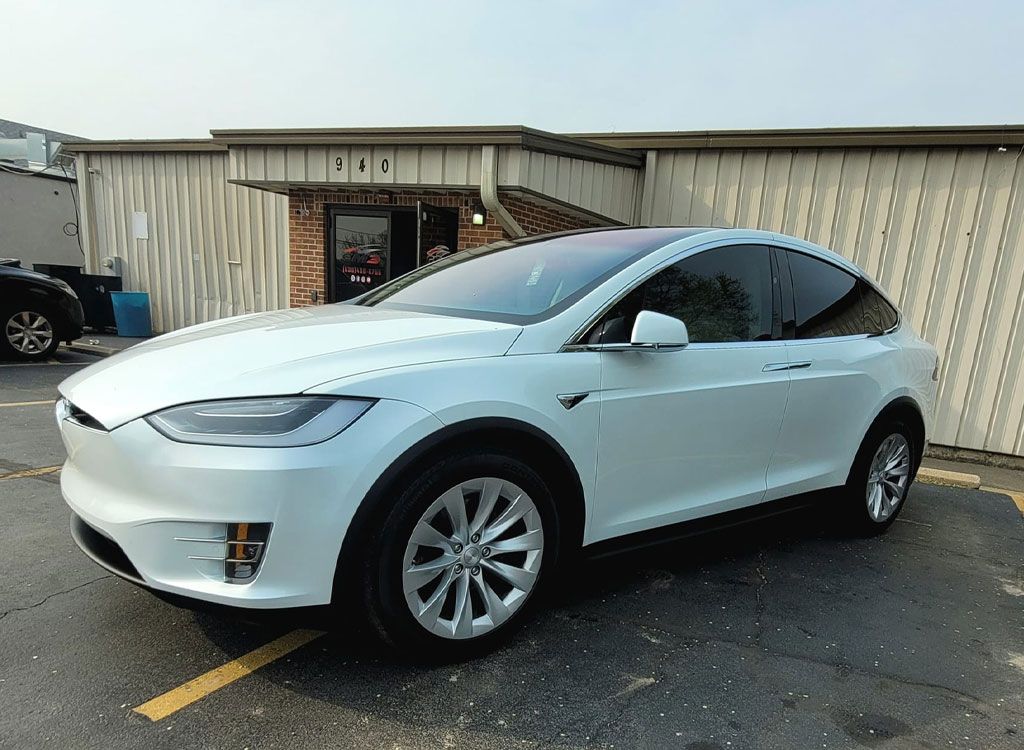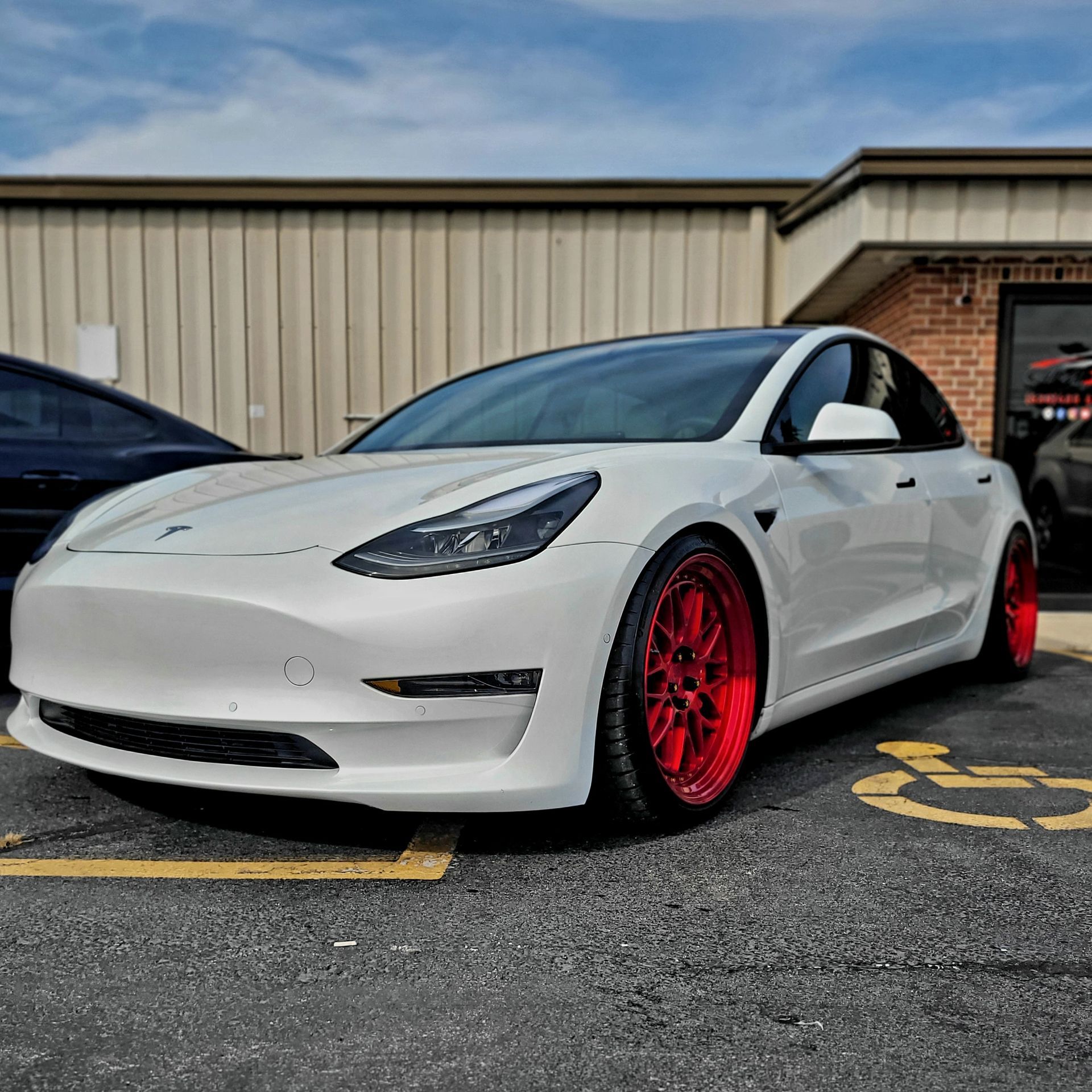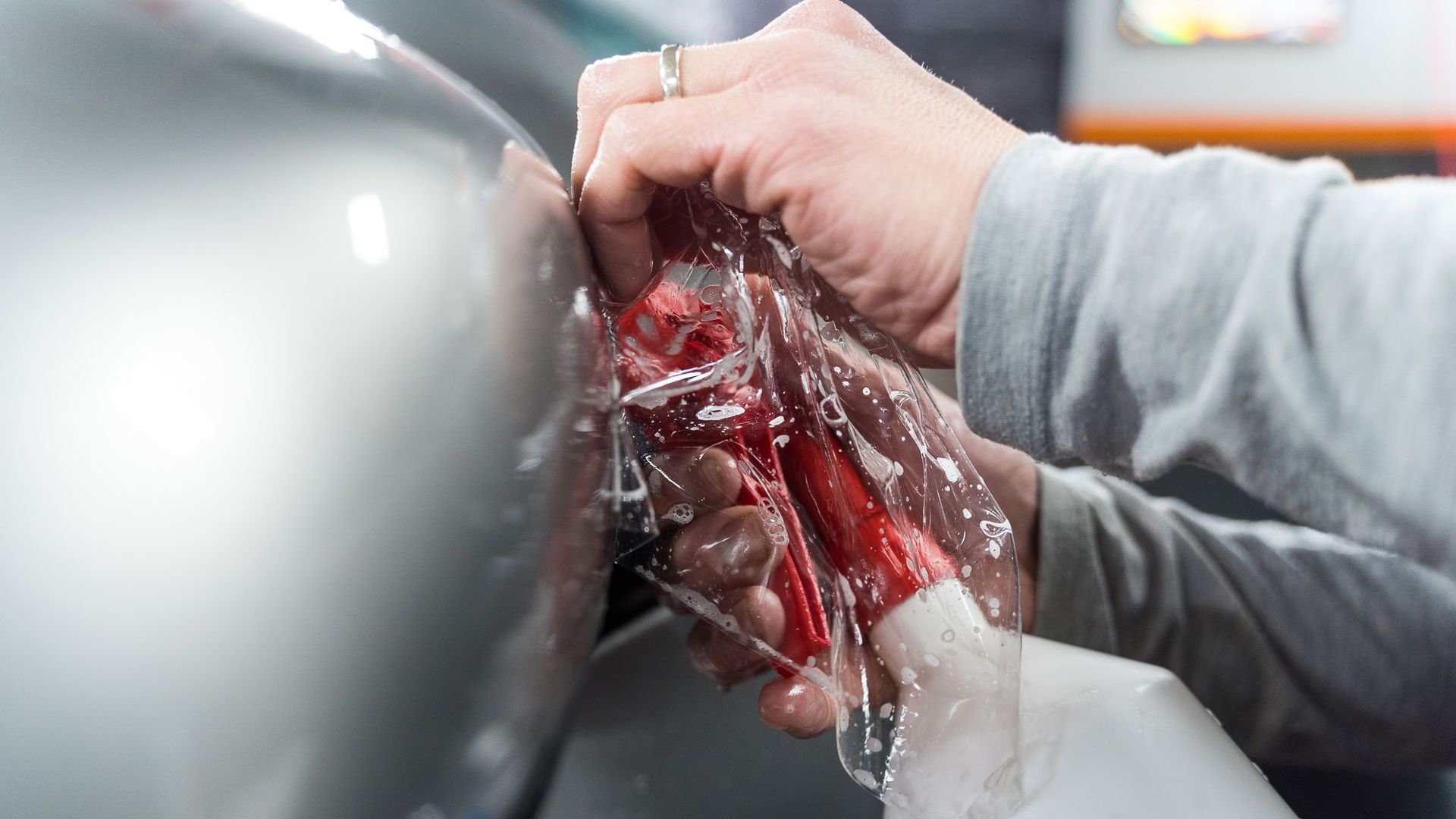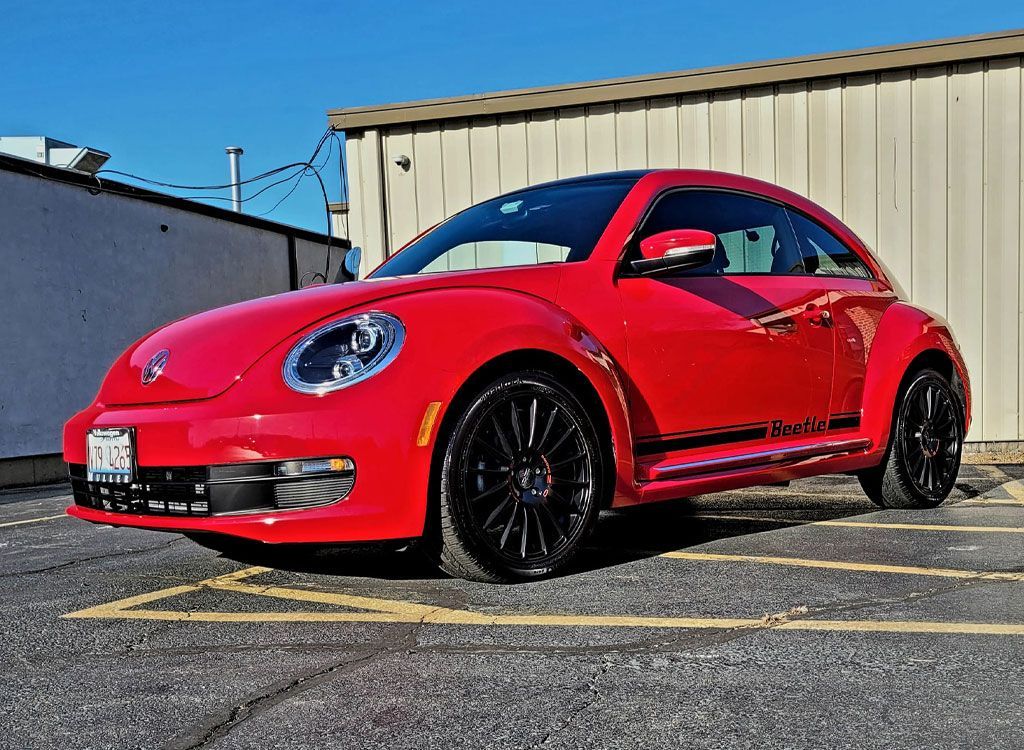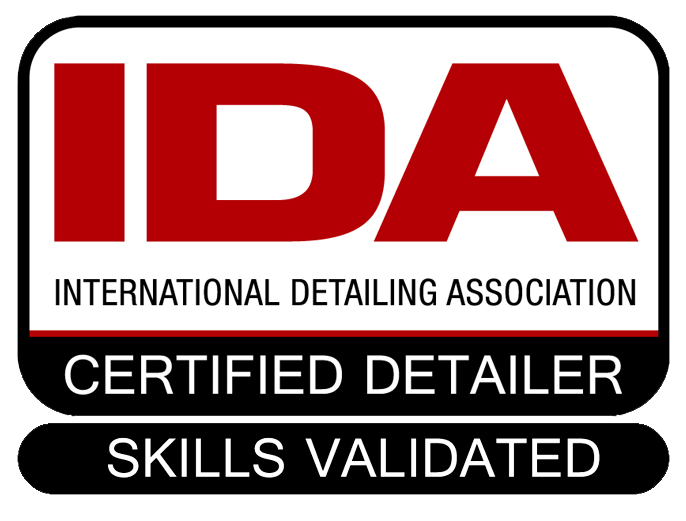Surface Prep: Why It Matters for a High-Quality Ceramic Coating
When it comes to protecting your vehicle, many people think they can simply apply a ceramic coating and call it a day. However, if you skip the surface preparation, that protective coating you just applied might end up being more trouble than it's worth. Think of it like putting beautiful frosting on a cake that isn't fully baked—you might end up with a disappointing result. Proper surface preparation isn't just a recommendation; it's absolutely essential for ensuring that your ceramic coating lasts and performs as intended. By investing time in meticulous prep work, you're not only safeguarding your paint but also enhancing its appearance and longevity.
Why Surface Preparation is Critical
Surface preparation is crucial before applying a ceramic coating because it ensures proper adhesion, enhances longevity, and maximizes the coating's performance. Skipping this vital step can lead to reduced durability, visible defects, and ultimately a wasted investment, as the coating may fail prematurely. When you think about it, applying a high-quality ceramic coating to a surface covered in dirt, oils, or residues is like trying to seal a leaky bucket—no matter how excellent the sealant is, it won't work effectively if the underlying issue isn't resolved.
Poor surface preparation is responsible for the majority of ceramic coating failures, serving as a reminder that cutting corners on this critical step can lead to costly disappointments and repeated efforts. The truth is, every detail matters. Proper cleaning and conditioning pave the way for a durable bond between the vehicle's surface and the ceramic coating itself. This bond not only enhances durability but also brings forth improvements in appearance. A well-prepared surface allows the coating's shine and protective qualities to show through without obstructions.
Essential Steps in Surface Preparation
To achieve optimal results, surface preparation involves several key phases, each building upon the previous one.
- Thorough Hand Wash and Degreasing: It forms the foundation of proper preparation. Start with a pressure washer to remove loose dirt, followed by a pH-neutral soap application to cleanse deeper layers of grime and oils. This ensures you have an accurate assessment of paint quality. Using a soft microfiber wash mitt, gently scrub every panel, wheel, and crevice. Remember to frequently rinse the mitt in clean water to avoid spreading grime back onto the car's surface. Thorough rinsing is crucial—no soap residue should remain to interfere with future treatments.
- Mechanical and Chemical Decontamination: It represents the heart of effective cleaning, where your vehicle's exterior receives a deep cleanse that transcends regular washing. Clay bar treatment works wonders at pulling off embedded contaminants such as brake dust, tree sap, and iron deposits that can dull your paint's shine. Chemical cleaners, when used alongside a clay bar, can dissolve tough residues that washing alone cannot touch. Iron removers applied to the surface react with ferrous particles, turning purple as they lift away stains from your paintwork. This meticulous attention goes beyond aesthetics—it's about preparing surfaces for optimal ceramic coating adhesion.
- Paint Correction: It involves machine polishing to address surface imperfections that could detract from the final aesthetic appeal. Different grades of polishing compounds address various surface imperfections—heavy compounds tackle stubborn, deep blemishes, while finer compounds work on smaller imperfections, refining the finish and enhancing gloss. A dual-action polisher paired with appropriate polishing compounds can make all the difference, creating a perfectly smooth canvas for the ceramic coating to bond effectively.
- Panel Wipe: Serves as the final cleaning step before applying any coatings. Using isopropyl alcohol diluted with distilled water, this vital procedure erases any remaining residues left over from previous processes. This thorough wipe-down guarantees that whatever you apply afterward bonds optimally without interference from leftover substances on the paint's surface.
The Curing Process
Curing is like letting a cake set before serving—it's essential for taking your preparation to the next level. After polishing the vehicle's surface, allowing it necessary time to cure in controlled conditions is important. This phase involves stabilizing the surface to optimize adhesion and effectiveness of the ceramic coating. Ideal curing conditions require a dust-free environment with stable humidity and temperature levels maintained between 60°F and 80°F. If conditions aren't optimal—such as excessive humidity—moisture can interfere with coating adhesion. Maintaining appropriate curing conditions significantly enhances the bond strength of ceramic coatings. Curing times typically range from 24 to 72 hours, depending on the product used and environmental factors. A clean environment helps maintain stability, while any leftover residues from previous preparations can cause complications during curing. Don't overlook this pivotal stage of the application process, as adequate cure time under proper conditions signals a commitment to both quality and longevity.
Advantages of Proper Surface Preparation
When it comes to applying ceramic coatings, preparation forms the backbone of achieving exceptional results. The most notable advantage is increased durability—proper preparation allows for a robust bond between the coating and the vehicle's surface, leading to a finish that lasts significantly longer than inadequately prepared applications.
Proper surface preparation also dramatically impacts appearance. A well-prepped surface showcases the coating's reflective qualities, with glossiness becoming more pronounced. Your vehicle might appear as though it just rolled out of a showroom. This difference is particularly striking on dark-colored vehicles, where surface imperfections are more readily visible. Additionally, well-prepared surfaces demonstrate superior water beading, creating attractive patterns that highlight your investment. These droplets roll off effortlessly, and the coating acts like armor against environmental elements, providing enhanced UV and damage resistance that safeguards against sun degradation and minor blemishes that occur during everyday use.
DIY vs. Professional Service
Choosing between DIY surface preparation and professional services involves weighing several factors. DIY approaches offer cost savings and personal satisfaction from completing your own work, but they require a thorough understanding of the process and proper tools. The preparation process involves meticulous steps that many enthusiasts underestimate, which can lead to underwhelming results if steps are missed or improperly executed.
Professional service providers bring specialized techniques, equipment, and expertise to the table. They use advanced tools that can effectively remove contaminants without damaging surfaces. While the investment typically ranges from $200 to $1,000 depending on your vehicle's condition and service quality, this upfront cost could save money in the long run by avoiding mistakes that might require repairs or rework. Professional services offer high-quality results through experienced application and reliability of industry-grade products, though they require higher initial investment and dependence on scheduling. DIY approaches, while cost-effective and personally satisfying, can be time-consuming and carry the potential for mistakes that could damage paint or reduce coating durability.
Common Mistakes to Avoid
Several common preparation mistakes can undermine your ceramic coating investment. Skipping the decontamination process, which includes essential clay bar treatment, leaves embedded contaminants like brake dust and iron particles that compromise adhesion. Picture trying to apply adhesive to a dirty surface—it simply won't hold properly. Improper polishing can cause more harm than good, potentially introducing new surface imperfections instead of eliminating existing ones. It's crucial to use correct compounds and tools tailored to your paint's condition.
Using inappropriate compounds on certain paint types may leave micro-imperfections that become visible once the coating is applied. Ignoring proper curing can ruin all your preparation work. Insufficient cure time between layers risks creating weak bonds that compromise the protective layer's durability. Each layer should cure for at least 24 hours—disturbing this process too soon can cause everything to fail. Finally, incomplete panel wiping before application leaves residues that interfere with bonding. This step ensures no contaminants remain that might cause the coating to fail prematurely, affecting both protection and aesthetics.
Investing time and care in surface preparation sets the foundation for lasting beauty and protection in your vehicle's ceramic coating. By understanding the importance of each preparation step and avoiding common mistakes, you significantly improve your chances of achieving that flawless appearance while enhancing your investment's lifespan. Whether you choose DIY or professional application, thorough surface preparation remains the key to ceramic coating success.
Premier Ceramic Coating Services in Elgin, IL
Protect your vehicle’s beauty and value with CM3 Detailing Studio & Ceramic Coating, the
trusted choice for ceramic coating in Elgin, IL. Our expert team applies advanced coatings that lock in a glossy finish, simplify maintenance, and provide long-lasting defense against the elements.
Schedule your ceramic coating service today and enjoy a ride that shines with style and lasting protection!
CM3 Blog
